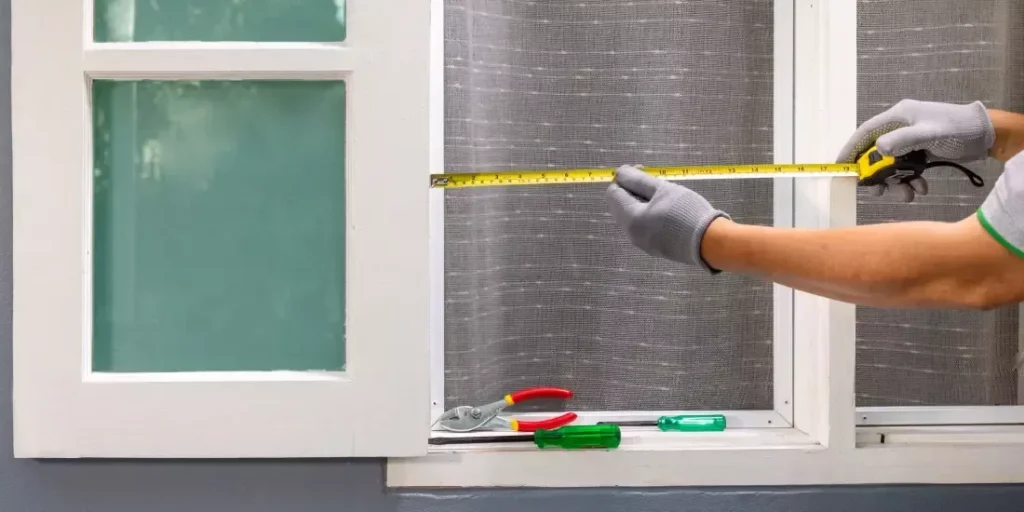Introduction
Elta, a city known for its vibrant culture and rapid urbanization, has become a leader in architectural innovation. The city’s transformation has been propelled by a forward-thinking approach to urban design that emphasizes sustainability, efficiency, and creativity. One of the finest examples of this transformation is Bagnall Haus, a building that blends functionality with modern style in a way that captures Elta’s architectural ethos. This article will explore the synergy between Elta’s progressive design principles and the cutting-edge functionality embodied in Bagnall Haus. Through this lens, we can understand how Elta is shaping the future of urban spaces while honoring the importance of practicality and aesthetics.
The Vision Behind Elta’s Architectural Landscape
Elta’s architectural evolution can be traced back to its early adoption of modernist principles in the mid-20th century. As the city grew and faced the pressures of urbanization, there was a need for architecture that not only reflected contemporary aesthetics but also addressed the practical needs of its residents. This led to a shift in how architects approached design, with a greater focus on creating spaces that are both functional and beautiful. Elta’s embrace of technological advancements, green building practices, and minimalist design principles has allowed the city to lead the way in sustainable architecture. Bagnall Haus is the culmination of these principles, designed to cater to the evolving needs of a modern city while maintaining a strong sense of style. The building stands as a symbol of Elta’s dedication to combining form with function, offering a glimpse into the future of urban living.
Bagnall Haus: A Perfect Representation of Elta’s Design Philosophy
Bagnall Haus is more than just a building; it is a representation of Elta’s vision for a harmonious blend of design and function. The structure integrates modern architectural elements with sustainable features, creating a space that serves both aesthetic and practical purposes. The building’s clean lines, open floor plans, and use of natural light demonstrate Elta’s commitment to creating efficient, comfortable spaces that appeal to the modern sensibility. The design also incorporates environmentally conscious elements, such as solar panels, green roofs, and energy-efficient systems, ensuring that Bagnall Haus is as sustainable as it is visually appealing. The seamless connection between function and style in bagnall haus reflects Elta’s broader architectural ethos, where each building is not only a space for living or working but also a piece of art in its own right.
Sustainability and Efficiency: The Functional Aspects of Bagnall Haus
A key feature of Bagnall Haus is its focus on sustainability and efficiency. Elta has made significant strides in incorporating green building practices into its urban developments, and Bagnall Haus is a prime example of this. The building utilizes energy-efficient technologies such as smart lighting, climate control systems, and energy-efficient insulation to reduce its environmental footprint. Additionally, the use of renewable energy sources, including solar panels, helps to ensure that the building operates with minimal impact on the environment. Rainwater harvesting systems and the integration of green roofs further enhance the building’s sustainability by reducing water usage and improving air quality. The practical, energy-efficient design of Bagnall Haus shows that functionality can go hand in hand with modern, stylish architecture, creating a building that is as environmentally responsible as it is aesthetically pleasing.
Aesthetic Appeal: The Style and Design of Bagnall Haus
While functionality is paramount in the design of Bagnall Haus, the building does not sacrifice style. The architecture features a minimalist design, with clean lines and open spaces that create a sense of flow and openness. Large windows allow for abundant natural light, creating a bright and airy atmosphere within the building. The materials chosen for the structure, including concrete, glass, and steel, reflect Elta’s commitment to modernism and innovation. These materials not only contribute to the building’s visual appeal but also ensure its durability and resilience. The design also incorporates elements of nature, such as the green roofs and outdoor spaces, which help to create a harmonious balance between the building and its surrounding environment. The aesthetic appeal of Bagnall Haus showcases how Elta has successfully blended style with function to create a building that is both beautiful and practical.
The Role of Technology in Enhancing Functionality
Technology plays a significant role in enhancing the functionality of Bagnall Haus, with the building featuring state-of-the-art systems that optimize energy use, comfort, and convenience. The smart building systems integrated into Bagnall Haus allow for precise control of heating, ventilation, and lighting, ensuring that resources are used efficiently. For example, sensors monitor occupancy levels and adjust lighting and climate control accordingly, reducing energy waste. The building also features advanced security systems, including facial recognition technology and smart access control, providing residents with a secure and convenient living experience. These technological innovations not only make Bagnall Haus a more efficient and comfortable place to live but also contribute to its overall sustainability by reducing its carbon footprint.
Community and Social Connectivity: The People-Centric Design of Bagnall Haus
At the heart of Elta’s architectural philosophy is the belief that buildings should serve the needs of the community. Bagnall Haus is designed with this principle in mind, offering spaces that foster social interaction and connectivity. The building includes communal areas such as rooftop gardens, shared lounges, and event spaces that encourage residents to come together and interact. These spaces are designed to be flexible, allowing for a range of activities, from casual gatherings to community events. By providing spaces that promote social interaction, Bagnall Haus contributes to the creation of a stronger sense of community within Elta. The building also includes features such as bike storage and pedestrian-friendly pathways, further enhancing its accessibility and encouraging environmentally friendly transportation options. The people-centric design of Bagnall Haus demonstrates Elta’s commitment to creating spaces that enhance the quality of life for its residents.
Elta’s Impact on the Future of Urban Architecture
Elta’s innovative approach to architecture, as exemplified by Bagnall Haus, has positioned the city as a leader in the development of sustainable, functional, and stylish urban spaces. The building serves as a model for future developments in Elta and around the world, demonstrating that it is possible to create spaces that are both environmentally responsible and aesthetically pleasing. As cities continue to grow and face challenges related to climate change, population density, and resource management, Elta’s approach to urban design will become even more relevant. The success of Bagnall Haus shows that modern architecture can offer practical solutions to these challenges while enhancing the beauty and livability of cities. Elta’s influence on the future of urban architecture will continue to shape the way architects and urban planners approach the design of cities for years to come.
Conclusion
In conclusion, Bagnall Haus is a testament to the synergy between functionality and style in Elta’s architectural evolution. The building encapsulates the city’s commitment to creating spaces that are not only beautiful but also practical, sustainable, and people-centered. Bagnall Haus stands as a shining example of how modern design can address the challenges of urban living while enhancing the quality of life for its residents. The building reflects Elta’s vision for the future—one that embraces innovation, sustainability, and community engagement. As Elta continues to lead the way in contemporary architecture, the legacy of Bagnall Haus will serve as an inspiration for future generations of architects, urban planners, and city dwellers. By blending modern design with functional considerations, Elta has shown that the future of urban spaces lies in the ability to balance style and practicality in a way that benefits both individuals and the environment.




